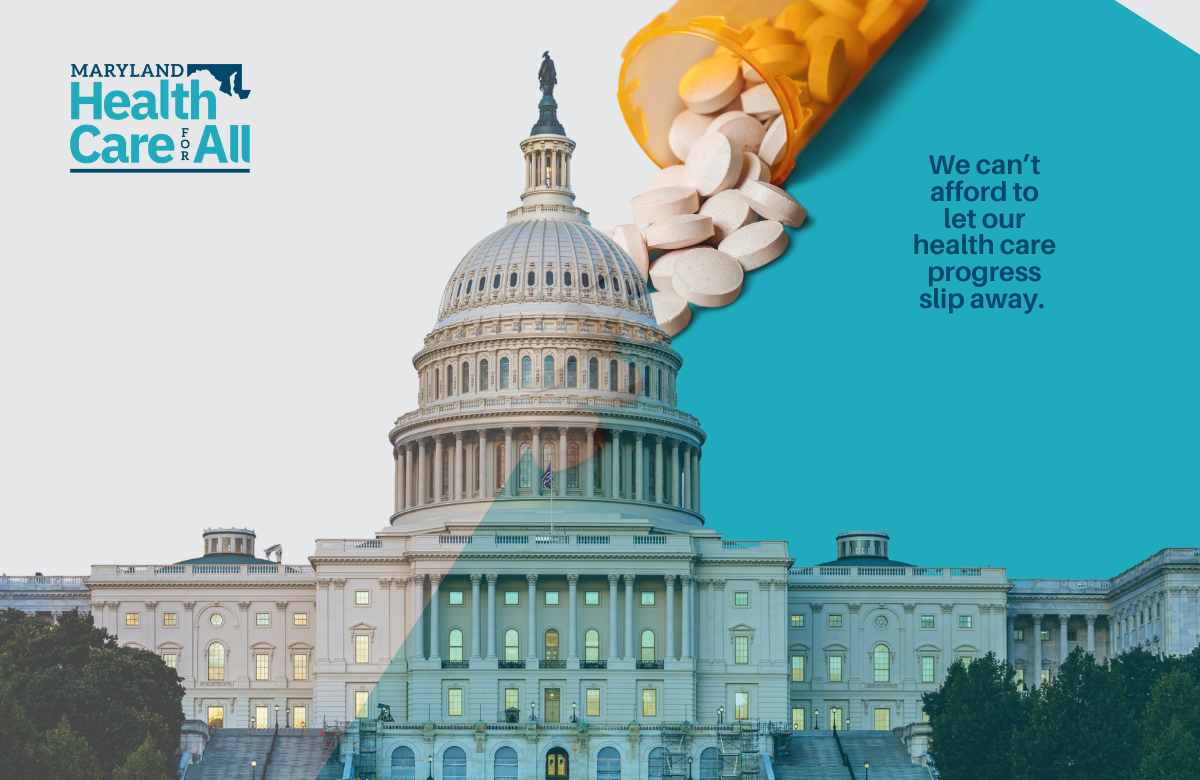Baltimore Sun Op-Ed
March 15, 2018
Gov. Larry Hogan’s press office sends out “BIPARTISANSHIP ALERT” emails all the time, and they’re not always so earth shattering. About all it takes to get that in the subject line is for a Democrat — any Democrat — to support something vaguely like what’s on the governor’s agenda. But there was a for-real one earlier this month when Mr. Hogan, Senate President Thomas V. Mike Miller and House Speaker Michael E. Busch sent a letter to the state’s congressional delegation urging action to shore up the Affordable Care Act’s individual insurance marketplaces here and elsewhere. Sometimes those three bicker and sometimes they wind up in the same place on policy, but coordinated action on what has been one of the most partisan issues of our time was pretty remarkable.
But not that surprising.
Governor Hogan never joined most other members of his party in demanding a repeal of the ACA. He has kept Maryland’s Medicaid expansion in place, and he has at several points written to the Trump administration to urge against actions that would destabilize the system. Some of his Democratic critics have in the past accused him of being too weak in his defense of Obamacare, suggesting that he wants to play it both ways. But now the policy case for stronger action is undeniable. The Trump administration has been busily working to sabotage the Affordable Care Act since Inauguration Day, both through legislation (the repeal of the individual mandate via the tax cut legislation) and policy (cutting off cost-sharing reduction payments to insurers, among other things). Unless something changes, premiums are expected to go up between 30 percent and 50 percent on the individual marketplace in Maryland next year, and that’s typical of what other states are likely to see.
The stakes for Maryland
And for Maryland, the stakes are higher than for most states. Here as elsewhere, the number of people who get coverage on the individual exchange is relatively small — just under 154,000 bought private coverage through the Maryland Health Benefits Exchange during the open enrollment period that ended in December. Most people get coverage through their employer or through a government program — Medicare, Medicaid or the Veterans Administration.
But if the individual marketplace here collapses, it will affect far more than those 154,000 people. Maryland has a unique waiver from typical federal rules that allows for higher Medicare reimbursements for services than other states get, but only so long as the state can adhere to strict limits on the growth of overall health spending. The experiment, begun under the O’Malley administration and continued under Governor Hogan, has so far proven an unqualified success, exceeding all targets for cost savings and quality of care improvements.
But if a large percentage of those 154,000 people become uninsured, the resulting spike in uncompensated care could put the state’s ability to continue meeting its targets at risk. If the Medicare waiver fails, that would mean a $2 billion annual loss to Maryland’s health care system. Mr. Hogan and the Democratic leaders in the legislature are all well aware of how catastrophic that would be.
The politics
For Maryland Democrats, defending the Affordable Care Act has always been a given. For Mr. Hogan, the politics are pretty clear now, too. The new rates for the individual health insurance exchange are due to be approved right around the time the general election race starts to heat up. Mr. Hogan had a front-row seat to Martin O’Malley’s 2006 evisceration of the current governor’s former boss, Gov. Robert L. Ehrlich Jr., over an increase in BGE rates, and he surely doesn’t want the same thing to happen to him. Rates on the individual market may not affect nearly as many people as the BGE price increase did, but the politics of health care are undeniably potent.
We just saw an example of that. An exit poll of the recent special election in Pennsylvania’s 18th District suggests that support for the Affordable Care Act could have been decisive in Democrat Connor Lamb’s upset victory. Public Policy Polling found that 52 percent of voters rated health care as the most important or a very important issue, and that group broke for Mr. Lamb 62 percent to 38 percent. Voters there opposed Republican efforts to repeal the ACA by a 14-point margin, and that’s in a district President Donald Trump won by nearly 20 points. Mr. Hogan is running for re-election in a state Mr. Trump lost by more than 26 points.
In Maryland, a new OpinionWorks survey sponsored by the Maryland Citizens Health Initiative found strong support for a plan to reinstate a version of what was perennially the least popular element of the ACA — the individual mandate. The proposal to create a state-level mandate that allows uninsured taxpayers to use the penalty as a down payment on buying health insurance was supported by a huge margin — 60 percent in favor with 20 percent opposed. Other questions in the poll showed clear evidence that a candidate who supported such legislation would have a big advantage over one who opposed it.
Federal action uncertain
The Hogan-Miller-Busch letter urged Maryland’s congressional delegation to support federal funding for a reinsurance program like the one that existed in the early days of Obamacare. Such systems help insurers cover the costs of their most expensive patients and thus lower the rates for everyone else. There’s an effort afoot to attach reinsurance funding to this month’s must-pass federal budget legislation (along with a handful of other measures to shore up Obamacare), but its prospects are unclear. At the White House’s urging, the proposal includes language on abortion that many Democrats consider a non-starter, and conservative House Republicans continue to show no appetite for anything that strengthens the ACA.
Maryland, then, may be on its own in finding a way to prevent a collapse in its insurance markets. That was a top issue for Democrats going into this year, and early in the General Assembly session, Governor Hogan tasked a group of top aides to work with them on the issue. As part of that effort, the House is moving forward with legislation that includes a state-funded reinsurance plan, which is an important step, if one the federal government should be taking. Among other measures, the bill would counter the Trump administration’s plan to stretch the definition of short-term insurance that’s exempt from ACA standards. That’s also crucial; the Trump administration’s embrace of short-term insurance could lead to the bifurcation of the risk pool, with younger, healthier consumers taking advantage of bare-bones policies and older and sicker ones in the traditional exchanges, leading to an explosion in insurance rates. It’s a phenomenon called “adverse selection” that the ACA was designed to combat.
The mandate
But dealing with short term insurance is only half of the adverse selection equation. The other is the individual mandate. The Urban Institute recently estimated that if unaddressed, the Trump administration’s looser rules on short term insurance and the end of the mandate would by themselves cause Maryland premiums to rise more than 18 percent. But the legislation that’s now advancing punts the question of whether Maryland should establish its own requirement that individuals buy insurance to a new commission to study.
A health plan ‘down payment’ is one way states try retooling individual mandate »
The feasibility of a state-level mandate is already well known; Massachusetts established one under Romneycare well before the ACA was enacted, and it has kept its law and associated penalties in place. The individual mandate down payment plan is an improvement on the idea, in that it makes a clear connection between the revenue raised and the goal of ensuring that nearly everyone has health insurance. Legislation that would establish it has not moved out of committee in either the House or Senate, but it’s good policy and good politics. Mr. Hogan and legislative leaders should embrace it.




